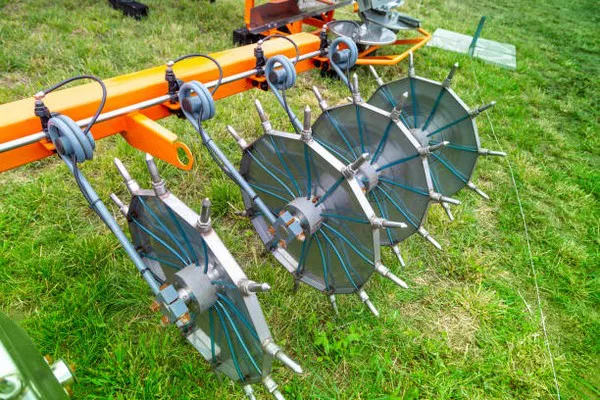In times of power outages or when off-grid, generators become essential tools to provide electricity for various appliances. Among the wide array of generators available, the 3500-watt generator is a popular choice due to its versatility and power output. Understanding what a 3500-watt generator can power is crucial for efficient utilization and planning during emergencies or outdoor activities. In this article, we delve into the capabilities of a 3500-watt generator and the appliances it can effectively run.
Understanding Wattage and Power Consumption:
Before discussing what a 3500-watt generator can power, it’s essential to grasp the concept of wattage and power consumption. Wattage is a measure of electrical power, representing the rate of energy conversion or transfer. Appliances are rated in watts, which indicate their power consumption under normal operating conditions. Generators are also rated in watts, representing the maximum power output they can sustain.
A 3500-watt generator can deliver up to 3500 watts of power continuously under optimal conditions. However, it’s important to note that not all appliances consume the same amount of power. Some appliances, like light bulbs or small electronics, require minimal power, while others, such as refrigerators or air conditioners, have higher power demands.
Appliances a 3500-Watt Generator Can Power:
Household Lights: Most household lights, including LED and CFL bulbs, consume minimal power. A 3500-watt generator can easily power multiple light fixtures, ensuring basic illumination during power outages.
Refrigerator: Refrigerators typically consume between 100-800 watts, depending on their size and efficiency. A 3500-watt generator can easily power a standard refrigerator, allowing you to keep food fresh during emergencies.
Freezer: Similar to refrigerators, freezers consume varying amounts of power, usually ranging from 100-800 watts. A 3500-watt generator can adequately power a freezer, preserving perishable items like meat and vegetables.
Microwave Oven: Microwave ovens have power ratings ranging from 600-1500 watts, depending on their size and cooking capacity. A 3500-watt generator can run most household microwave ovens, enabling you to prepare meals during power outages.
Television and Entertainment Systems: Televisions, gaming consoles, and audio systems have relatively modest power requirements, typically ranging from 50-500 watts. A 3500-watt generator can easily power these entertainment devices, keeping you entertained during downtime.
Laptop and Chargers: Laptops, smartphones, and other electronic devices have low power requirements, usually ranging from 20-100 watts. A 3500-watt generator can recharge multiple devices simultaneously, keeping you connected during emergencies.
Electric Fans: Electric fans are essential for maintaining comfort during hot weather or power outages. Most electric fans consume between 50-150 watts, making them suitable for operation with a 3500-watt generator.
Power Tools: Many power tools, such as drills, saws, and sanders, have power ratings ranging from 500-1500 watts. A 3500-watt generator can power most common power tools, facilitating DIY projects or repairs during emergencies.
Heating Systems: Portable electric heaters typically consume between 1000-1500 watts, while space heaters may require up to 3000 watts. A 3500-watt generator can power smaller electric heaters, providing supplemental heating during cold weather.
Water Pumps: Water pumps used for wells or irrigation systems have varying power requirements, typically ranging from 500-1500 watts. A 3500-watt generator can operate most residential water pumps, ensuring access to water during power outages.
Limitations and Considerations:
While a 3500-watt generator is capable of powering a wide range of appliances, it’s essential to consider its limitations and plan usage accordingly:
Total Power Consumption: The combined power consumption of all connected appliances should not exceed the generator’s rated capacity. Overloading the generator can lead to overheating, damage, or tripping of circuit breakers.
Starting vs. Running Watts: Some appliances, such as refrigerators or air conditioners, have higher starting watts required to overcome initial motor resistance. Ensure that the generator can handle both the starting and running watts of such appliances.
Fuel Efficiency: Generators consume fuel (gasoline, propane, or diesel) to produce electricity. It’s important to calculate fuel consumption and have an adequate supply on hand, especially during extended power outages.
Noise Level: Generators emit noise during operation, which can be a consideration in residential areas or campsites. Choose a location for the generator that minimizes noise disturbance to yourself and others.
See Also Do I Really Need To Ground My Portable Generator
Conclusion:
A 3500-watt generator is a versatile power solution capable of running a variety of household appliances and electronic devices. Understanding its capabilities and limitations is crucial for efficient utilization during power outages, outdoor activities, or off-grid living. By selecting and connecting appliances wisely, you can ensure uninterrupted access to essential services and maintain comfort and convenience when grid power is unavailable.

